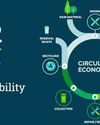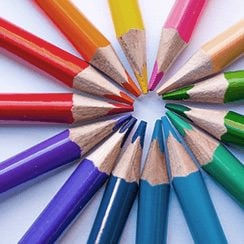Try GOLD - Free
Textile Value Chain Magazine - November 2025

Holiday Sale
1767430799
Go Unlimited with Magzter GOLD
Read Textile Value Chain along with 10,000+ other magazines & newspapers with just one subscription
View CatalogSubscribe only to Textile Value Chain
Cancel Anytime.
(No Commitments) ⓘIf you are not happy with the subscription, you can email us at help@magzter.com within 7 days of subscription start date for a full refund. No questions asked - Promise! (Note: Not applicable for single issue purchases)
Digital Subscription
Instant Access ⓘSubscribe now to instantly start reading on the Magzter website, iOS, Android, and Amazon apps.
Verified Secure
payment ⓘMagzter is a verified Stripe merchant.
In this issue
November 2025
Textile Value Chain Magazine Description:
TEXTILE VALUE CHAIN (TVC) is Indian Trade Media with Monthly Print Magazine, E-Magazine & Online Global Information + Sourcing Platform.
Vision is to minimize the Gap of Textile industry Contributors.
Mission is to provide complete media solution in one platform.
TEXTILE VALUE CHAIN (TVC) as term indicates, each players contribute in the chain by adding some value and it enjoys significant position in the whole process of conversion. Whether it’s Industry, Government, Service Provider or consumer every one contribute to End product. Since all Value chain segment are Vibrant and growing with Technological and Innovation in product or services. Either organized sectors like spinning or decentralized & fragmented sectors like Weaving & Garmenting each one represent vibrancy and Speed. TVC accepted all challenge to map the linkage and enter as Catalyst.
TEXTILE VALUE CHAIN (TVC) Media serving Textile, Apparel , Fashion, Retail Industry from year 2012.
We Combine and Connect Entire industry under one Platform & Strive to Revive the Textile and Apparel Industry..!!!
Recent issues

October 2025

September 2025

August 2025

July 2025

June 2025

May 2025

May 2025 - NIFT DAMN SPECIAL ISSUE

April 2025

March 2025

February 2025

January 2025

December 2024

November 2024

October 2024

September 2024

August 2024

July 2024

June 2024

May 2024

April 2024

February 2024

March 2024

January 2024

December 2023

November 2023

October 2023

September 2023

August 2023

July 2023
Special Issues
Related Titles

SP’s Aviation

Business Standard

Business Today India

Outlook Business

Siliconindia - India Edition

DataQuest

Mint Mumbai

Financial Express Delhi

Business Traveller India

BW Businessworld

Entrepreneur magazine

Auto Components India

CEO Insights

The Business Guardian

Cruising Heights

BioSpectrum Asia

Architect and Interiors India

The Machinist

Indian Economy & Market

Outlook Money

Mint Bangalore

Mint Kolkata

Mint Chennai

Mint New Delhi

Mint Hyderabad

Bakery Review

BANKING FINANCE

India Business Journal

Capital Market

Manufacturing Today


































